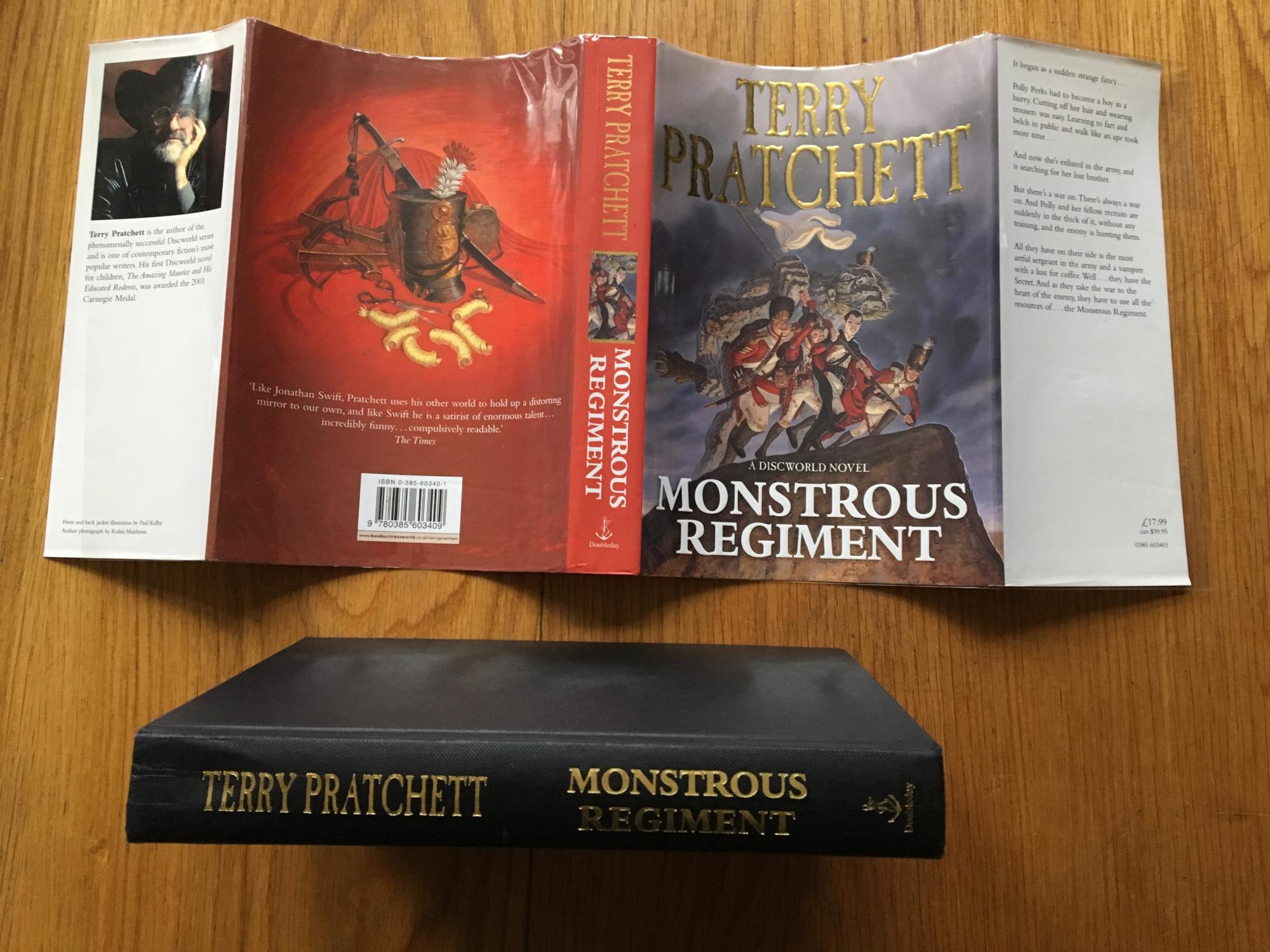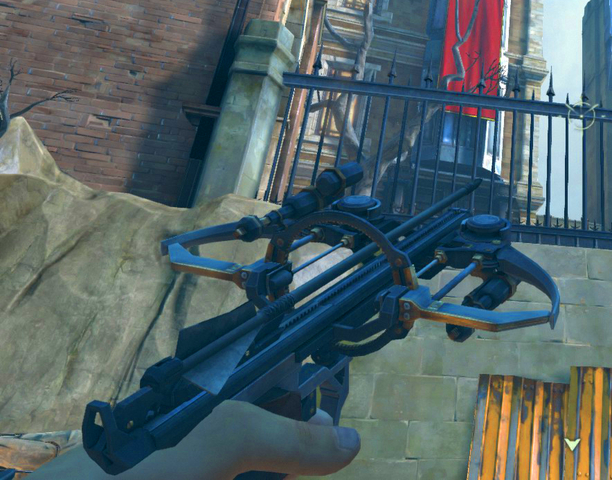Thus, idea of people walking round with them like gunslingers is silly. The idea of being a gunslinger in a medieval or pseudo-medieval setting is silly, especially in a game. You, a twenty-first century player are trying to cope with challenges using a different set of ideas, resources or skills. You cannot act like Jim Lassiter, James Bond or Harry Callahan. There is a range of anachronistic comedy to be mined by this (a man asks for a martini in a world that doesn't drink much in the way of spirits, has no formal image of the cocktail and nothing resembling a cocktail shaker to be shaken, not stirred in). But that isn't quite the same thing. Try and act with Bond's suaveness or Callahan's brashness (and their tactical equivalents) in the wrong setting and it will end poorly.
I suppose this is less a cry for absolute realism, but rather for the limitation of anachronism. But this is not an article full of invective for invective's sake. What brought this on? Honestly, a new film. A film I haven't even seen; the new Robin Hood picture. Here's a trailer, here's a shorter professional review, here's a longer more discursive review. The appearance of automatic crossbows*, riot shields and casino-like parties put me in the frame of mind to think on this topic.
On reflection, there were a few pieces of media where I could stomach or even actively approve of such a thing as the pistol crossbow. In the later Discworld books they appear, in a moderate fashion (The Ankh-Morpork City Watch has been using crossbows throughout, but I always pictured these as carbine sized, and so a little more reasonable - besides the fact that the Watch rarely contends with heavily armoured targets).
 |
| As in the front row here, Paul Kidby's cover to Night Watch. |
However, in The Fifth Elephant one has mention of an assassin's weapon in the vein of the pistol crossbow: concealable, vicious, prohibited. It has the appearance of 'a long-handled hammer or perhaps a strangely-made telescope', it is readily concealable, though difficult to load: a strong man says he 'practically ruptured myself cocking it against a rock'. It is explicitly a one-shot device and may very well be the same thing as the 'spring-gonne' mentioned in The Truth (L-Space, the Discworld Wiki certainly thinks so). It is prohibited both by official law enforcement and the better regulated criminal world.
In terms of conventional warfare, Monstrous Regiment mentions the horsebow, as carried (at first) by an elite heavy cavalry regiment from a well-funded military. I quote from my worn 2004 Corgi Books paperback:
'She'd acquired two of the horsebows. stuck awkwardly through the straps of her pack. They were horrible things, rather like a combination of a small crossbow and a clock. There were mechanisms in the thick shaft, and the bow itself was barely six inches across; somehow, if you leaned your weight on it, you could cock it with enough stored energy to fire a nasty little metal arrow through an inch-thick plank. They were blued metal, sleek and evil. But there is an old milt'ry saying: better me firing it at you than you firing it at me, you bastard.'
 |
| The British first edition of Monstrous Regiment had a dust-jacket by Paul Kidby with a still-life on the back cover, depicting what I take to be horsebows, left and to the back of the shako. I was lucky enough to find this picture of it on Abe Books. To see them more clearly, you may wish to open this image to full-size in another tab. |
Stepping away from the Discworld (but not too far; I am told that Ankh-Morpork, among other things was an inspiration) the video game Dishonored** features a pistol crossbow. It is compact and quiet - fitting for a character that must climb over the masonry of the city of Dunwall and remain unseen. It is slow to reload, fitting the style of stealth gameplay: gentle movement, preparation, restricted resources. In this it resembles the silenced pistol of the popular imagination.
 |
| More images to be found on the Dishonored Wiki, but this one will serve as an example. |
(Bioshock Infinite: Burial at Sea featured a pistol crossbow of much the same type as Dishonored, albeit less fragile looking and Art Deco. See here for details. )
A mention should be made of the pistol crossbows of the Mad Max films, most prominently in the second film, The Road Warrior. They appear mounted on the wrist of many of the rampaging antagonists of that film***. They are compact and lightweight for those who must concentrate on driving a motorcycle, dune buggy or other heavily modified automobile.
 |
| Such as this gentleman. |
* * *
Having gone over all these so thoroughly, what positive contribution can I make?
I have a few alternatives to the pistol crossbow, for compact projectile weapons - for preference, able to be used one handed.
1. Darts
2. Throwing knives
3. Sling (requires slingstones or bullets)
4. A slim weight on the end of a line - can be whipped out with tremendous force from a sleeve.
5. Shuriken, or similar slim throwing weapons
6. Slingshot (of the Y-frame and flexible strap variety)
7. Throwing axes; the sawn-off shotgun to the throwing knife's pistol.
8. Just give in and allow gunpowder weapons.
However, if you do insist on the presence of the pistol crossbow, here are a few ways to make it a little more interesting - by which I mean troublesome and palatable to my tastes. A pistol crossbow may be fast, cheap or good. Pick two.
1. It is a pistol crossbow, only slightly less deadly than a fullsize crossbow - but it breaks frequently. The bow is the weakest point.
2. The Discworld 'horsebow'. Expensive and difficult to source - there are few artisans that make them; those that do are contracted by the military and discouraged from selling their talents elsewhere. Reloading is hard; a military unit would have a reloading device clamped to a robust wagon in order to make this easier for the quartermaster.
3. The bow works fine, but cannot muster enough force to penetrate armour/thick monster scales, hide, &c. In order to correct this, a remarkablely potent (and expensive) poison has been smeared onto the bolts.
4. The bow works fine, but cannot muster enough force to penetrate armour/thick monster scales, hide, &c. In order to correct this it fires small pellets of asphyxiating, pain inducing spices and chemicals. Congratulations, you now have an expensive long-range pepperspray.
5. The bow works fine, but cannot muster enough force to penetrate armour/thick monster scales, hide, &c. In order to correct this, it fires thin tubes containing a potent acid. The acid is not uncommonly expensive; but the bolts with their aerodynamic hollow glass heads are.
6. The bow works fine, but cannot muster enough force to penetrate armour/thick monster scales, hide, &c. Instead, it fires a thin tough bolas intended to tangle, trip or throttle an opponent. This bolas is difficult to make,both due to the materials involved and the business of making it fly as intended.
7. Pistol crossbows exist, and are not uncommon - but are for sporting purposes only. They might be accurate and more-or-less reliable, but they have approximate stopping power of an air rifle.
8. This pistol crossbow reloads quickly, doesn't break and will penetrate an inch of steel. This is because there is a demon (or Djinn, or mighty spirit, or other Demon-equivalent) trapped inside it. You are now carrying around the equivalent of a nuclear reactor on your hip. Both purchasing this and keeping it are likely to be, in one fashion or the other, expensive.
*Thanks to Age of Empires II, I have long been aware of the Chinese repeating crossbow. This is quite clearly something else.
** I haven't played the second game in the series, but I believe most of my points still apply.
*** Of all places, something similar turned up in the Arthurian 1997 film Prince Valiant attached to knights' gauntlets.
